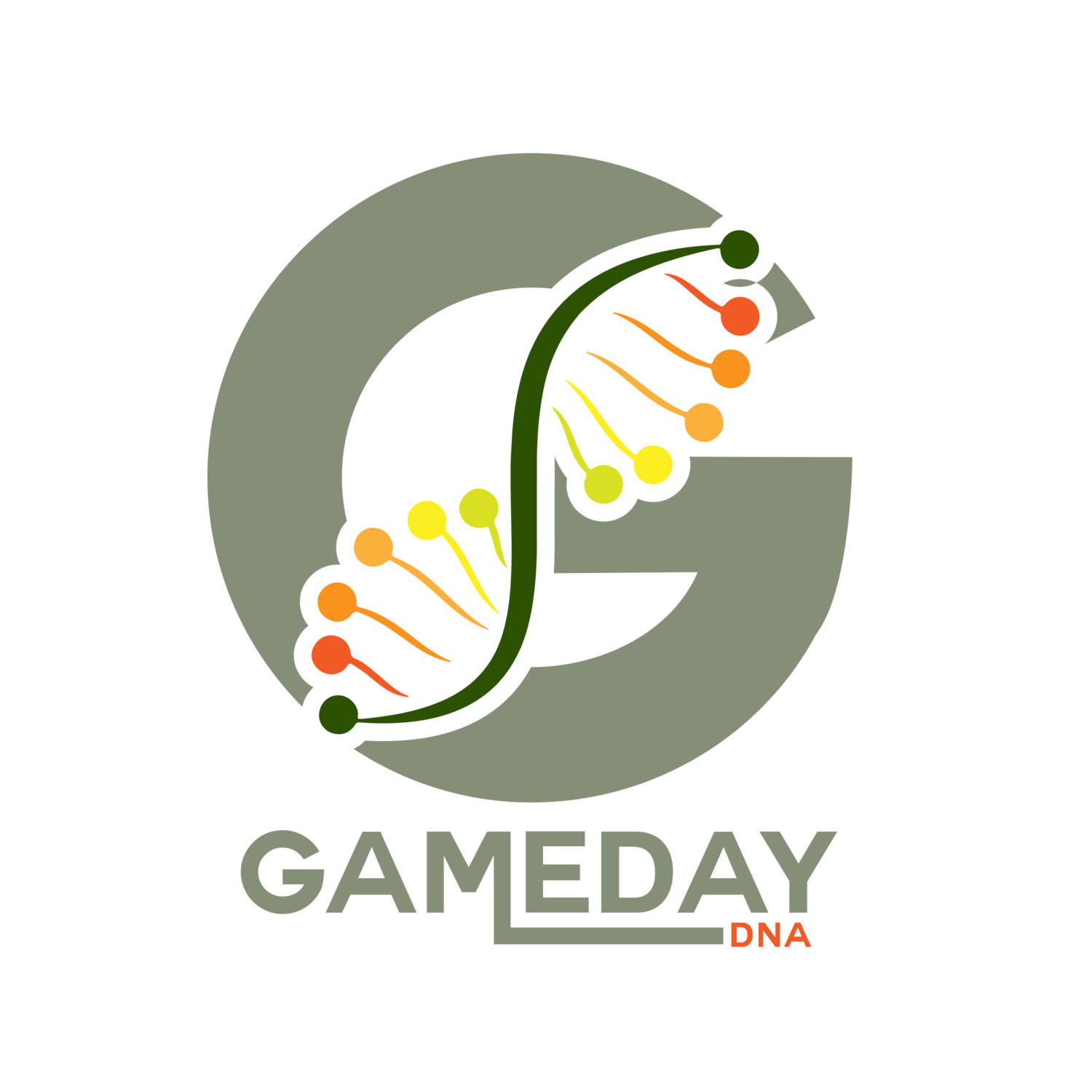How Paternity Testing Affects Child Support – Legal Insights
Role of Paternity Testing in Child Support Cases
Paternity testing plays a crucial role in determining child support obligations, parental rights, and custody arrangements. Whether you’re seeking financial support or clarifying parental responsibilities, understanding how DNA testing impacts child support cases is essential. In this blog, we’ll explore the legal implications of paternity testing and provide actionable insights for navigating this complex process.
DNA Testing: A Defining Factor in Legal Proceedings
DNA testing has become a cornerstone in family law cases involving child support and custody. By providing scientific evidence of biological relationships, paternity tests eliminate uncertainty and ensure fair outcomes.
Key Benefits of DNA Testing in Legal Cases:
Establishes legal fatherhood for financial obligations.
Provides clarity in custody disputes.
Ensures the child’s right to parental support and medical history access.
Accredited labs like DDC offer reliable results with over 99% accuracy, making them admissible in court for legal proceedings.
Establishing Paternity: Why It’s a Legal Imperative
Unmarried parents face unique challenges when it comes to establishing paternity. Without legal acknowledgment of fatherhood, children may miss out on financial support, inheritance rights, or emotional connections with their fathers.
Steps to Establish Paternity:
Voluntary Acknowledgment: Both parents sign a legal document confirming paternity.
Court-Ordered DNA Test: If paternity is disputed, courts can mandate a DNA test to resolve the issue.
Legal Documentation: Once paternity is established, it can be used to secure child support or custody arrangements.
Navigating DNA Maternity and Paternity Testing
Accurate DNA testing is critical for resolving family law disputes. GameDay DNA offers both legal and at-home options for paternity testing:
Legal Tests: Follow strict chain-of-custody procedures to ensure results are admissible in court.
At-Home Tests: Provide personal clarity but are not valid for legal purposes.
With fast turnaround times (1-2 business days) and flexible payment plans, our services make it easy to get the answers you need.
Home Testing vs. Legal Testing: What’s Right for You?
While at-home DNA tests are convenient and affordable, they lack the documentation required for court use. Legal tests are more comprehensive and ensure compliance with court standards, making them ideal for cases involving child support or custody disputes.
Conclusion: Empowering Families Through Clarity
Paternity testing is more than just a scientific process—it’s a pathway to fairness, accountability, and security for families navigating complex legal issues. By establishing paternity through reliable DNA testing, you can protect your child’s rights while fostering stronger family connections.
Follow us on Instagram and Twitter! If you have questions about paternity tests or other DNA testing services, please contact our Client Support Center at 302-529-1789, Mon-Sunday from 8:00 AM to 9:00 PM Eastern Time. Our friendly, expert representatives are ready and happy to help. Get answers anytime by visiting our Help Center.


